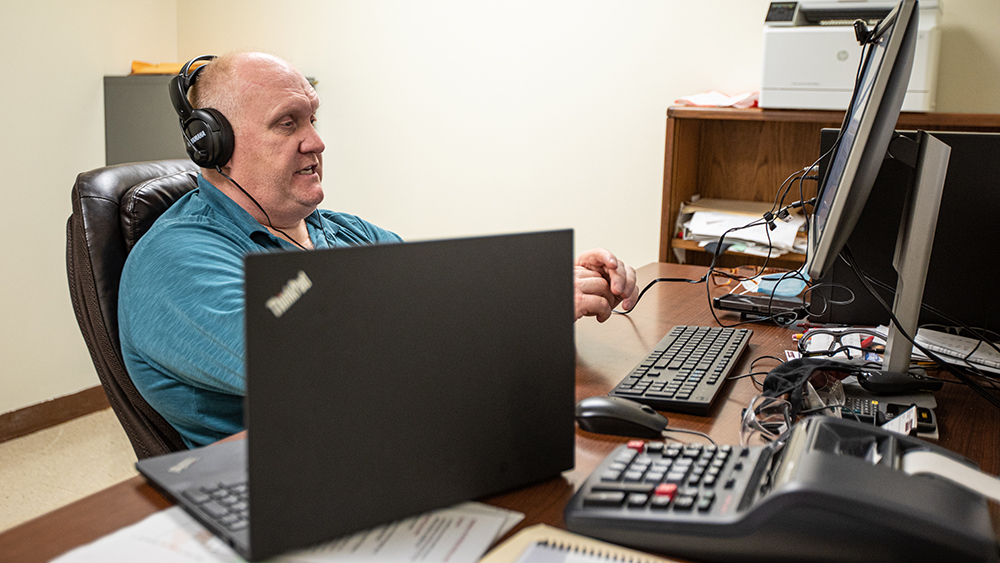
When the COVID-19 pandemic hit and schools were shut down, educators throughout the U.S. scrambled to find new ways to teach students remotely. In the Texas A&M University College of Engineering, many things had to be considered so students would continue to get a quality education, including how to get to get the enormous amount of extra equipment that remote teaching would require.
“Meeting this need required significant contributions from executive leadership, finance, property management and IT, fully demonstrating how exceptionally well the College of Engineering collaborates as team,” said Mitch Wittneben, associate director of information technology (IT).
The College of Engineering acquired funding from the previous coronavirus relief bill and collaborated to develop the method by which faculty would request equipment, then organized the results and worked with vendors to secure products available in the supply chain (as many items were in short supply), created the purchase orders, and then coordinated the configuration and distribution process.
“Until COVID hit, a majority of engineering education was done in person,” said Wittneben. “Faculty were accustomed to coming into a lecture hall or classroom and using the technology in the space to deliver their course material. They had to quickly rethink how this was to be done – no whiteboards, chalk-boards, etc. Our team needed to provide a way for faculty, in a remote environment, to continue to educate students in a manner that was familiar to them as there was insufficient time to completely redesign their courses.”
Wittneben said with the funding for the 2020-21 school year, his team acquired 756 devices in the fall and 264 devices in the spring. Instructors were given the option of six core pieces of technology: Lenovo P15, 16-inch MacBook Pro, Microsoft Surface Book 3, Microsoft Surface Pro 7, Microsoft Surface laptop 3 and an iPad Pro. In addition to the core items, faculty could choose from USB-A and USB-C hubs, headphones with microphones, document cameras and webcams to enhance the teaching experience.
“The equipment allows faculty to closely mimic the services available to them in a traditional classroom environment,” said Wittneben. “Speaking with faculty over the past six months, their resourcefulness and dedication to providing a quality education to students, coupled with the technology has provided additional flexibility in lecture delivery with less dependency on a ‘classroom.’”